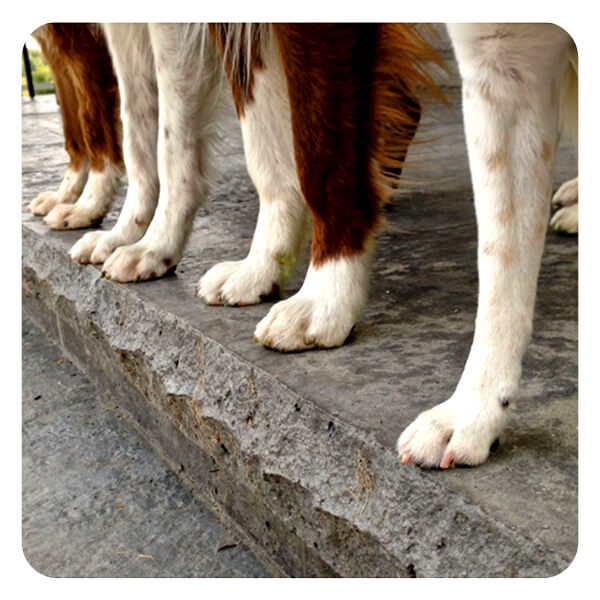 As dog owners, we want our furry companions to be happy and healthy. One important aspect of their well-being that often gets overlooked is nail care. Many pet owners wonder, “How often should I cut my dog’s nails?” It’s a common question, and the answer can vary depending on your dog’s breed, lifestyle, and individual nail growth. Let’s delve into this topic and explore how to determine the right nail care routine for your beloved pet.
As dog owners, we want our furry companions to be happy and healthy. One important aspect of their well-being that often gets overlooked is nail care. Many pet owners wonder, “How often should I cut my dog’s nails?” It’s a common question, and the answer can vary depending on your dog’s breed, lifestyle, and individual nail growth. Let’s delve into this topic and explore how to determine the right nail care routine for your beloved pet.
Understanding Your Dog’s Nails
Your dog’s nails are a crucial part of their anatomy. Just like our fingernails, they are made of a tough protein called keratin. Nails serve a purpose beyond just scratching and digging; they also provide traction and support for your dog’s paws. However, if the nails become too long, it can lead to discomfort and potential health issues. Long nails can affect your dog’s gait and posture, leading to joint problems and even altering the shape of their feet.
Factors Affecting Nail Growth
The rate at which a dog’s nails grow can depend on various factors, including breed, age, activity level, and the surfaces they regularly walk on. For example, a more active dog might naturally wear their nails down through regular exercise, while a less active dog might need more frequent nail trims. Additionally, certain breeds are predisposed to faster nail growth, requiring more frequent attention compared to others.
Signs It’s Time for a Trim
Keeping an eye on your dog’s nails can provide valuable insight into when it’s time for a trim. If you hear clicking sounds when your dog walks on hard surfaces, it’s a sign that their nails are too long. Another indicator is if you can visibly see the nails touching the ground while your dog is standing. In some cases, overgrown nails can even curl under the paw, causing discomfort and potential injury. Regularly inspecting your dog’s nails and paws can help you stay proactive in managing their nail care.
The Importance of Proper Technique
When it comes to trimming your dog’s nails, it’s essential to use the right tools and techniques. Improper trimming can lead to pain, bleeding, and even long-term nail damage. If you’re new to nail trimming or unsure about the process, seeking guidance from a professional groomer or veterinarian can provide peace of mind. They can demonstrate the correct technique and offer advice tailored to your dog’s specific needs.
Tailoring Nail Care to Your Dog
There is no one-size-fits-all answer to how often you should cut your dog’s nails. It’s essential to observe and understand your dog’s individual nail growth patterns and adjust their nail care routine accordingly. Regular walks on hard surfaces can naturally file down nails, reducing the frequency of trims, while less active dogs may need more frequent attention. By keeping a close eye on your dog’s nails and consulting with professionals when needed, you can ensure that your pet’s nail care needs are met.
Caring for your dog’s nails is a crucial part of their overall well-being. By understanding your dog’s nail growth, recognizing signs that it’s time for a trim, and using proper techniques, you can help your furry friend stay comfortable and healthy. Tailoring your dog’s nail care routine to their individual needs ensures that they can continue to explore the world with happy and healthy paws.
[/fusion_text]



